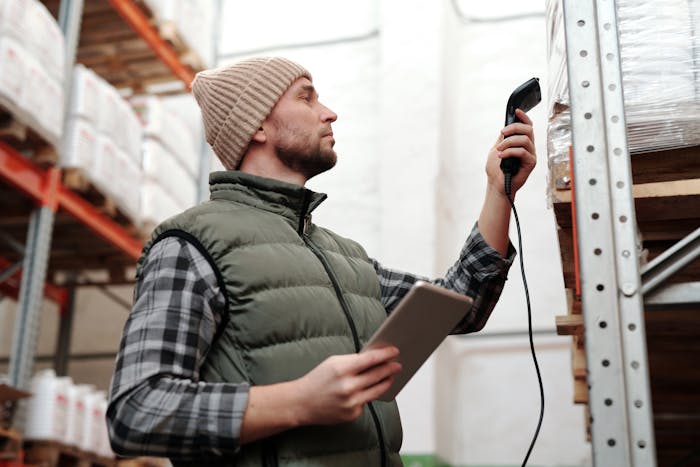Logistics play a huge role in operations. They encompass the movement of goods, from sourcing products and raw materials to inventory and warehousing, packaging and shipping, and delivery. Companies must aim to make logistics processes as efficient as possible to reduce costs, boost product quality, and improve customer service.
An ever-evolving market means new trends and technologies are regularly introduced to the logistics landscape. Leaders must pay attention to what’s coming to stay on the pulse of their industry. A strategic approach will keep them competitive in their fields.
Trends That Are Shaping the Future of Logistics
The following trends are shaping the logistics industry and will continue to play a role for the foreseeable future.
Expanding Sales Channels
Omnichannel retailing is essential for e-commerce success. It integrates online platforms, brick-and-mortar stores, and mobile apps, ensuring a seamless shopping experience. The technology has recently expanded to social media platforms, video games, and VR experiences.
Brands can easily integrate omnichannel retailing through Shopify and Amazon Multichannel Fulfillment platforms. The seamless approach will not confuse vendors, as all orders appear to come from the same place. Big box stores and small businesses alike can quickly adopt the technology.
Delivery Service Diversification
Many e-commerce brands are moving away from big-name carriers like FedEx and UPS to work with regional delivery providers that offer lower costs, reduced surcharges, and improved quality. Technology like a Transportation Management System (TMS) allows minor carriers to develop a network of regional carriers to provide similar services for less money.
Sustainable Transportation
Despite fewer regulations guiding sustainability in business, logistics companies continue to research ways to go green and take advantage of cost savings. Today, we often see hybrid delivery trucks that reduce companies’ dependence on fossil fuels. Organizations are also adapting more environmental processes in warehouse operations, focusing on solar and wind power, more sustainable packaging, recycling, and waste reduction.
Last Mile and Urban Logistics
Organizations often face challenges in quickly delivering items from the warehouse to the customer. They aim to solve this issue with micro-fulfillment centers (MFCs), small, automated warehouses that store items close to customers to speed up delivery times and reduce shipping costs.
They are similar to retail stores but serve the sole purpose of e-commerce fulfillment. These centers store items short-term ensuring they are ready to pick, pack, and ship when orders come in.
Delivery lockers serve a similar purpose, allowing customers to retrieve their items at their convenience.
Automation
Automation is key in making logistics more efficient. AI and robotics can be integrated into various functions, including transportation planning and inventory management. Tools are often accessible through a unified platform, making it easy for companies to gain an overview of supply chain activities.
The technology reduces errors, speeds up processes, and improves worker safety. It completes manual labor tasks, allowing teams to focus on more pressing responsibilities.
Big Data and Predictive Analytics
More companies are relying on big data and predictive analytics to streamline operations. The combination of the two technologies provides insights into industry trends. It allows companies to order items to meet demand without overstocking or understocking. The technologies also provide insight into consumer behavior to improve product lines and increase customer satisfaction.
Predictive analytics are also valuable for equipment maintenance. It can predict when maintenance is needed so minor issues don’t develop into massive repairs.
Autonomous Vehicles and Drones
Self-driving vehicles are the latest trend in logistics efficiency. Vehicles drive around the clock to reduce labor costs and speed delivery times. They have advanced sensors to navigate safely, even in challenging conditions.
Drones also improve delivery efficiency. They fly through the air, so traffic congestion is not an issue. Drones can also access hard-to-reach rural areas that may not be accessible by car or truck. However, they are limited to delivering small, lightweight packages.
Internet of Things (IoT)
IoT is valuable in its real-time tracking capabilities. Sensors and RFID tags can be placed on items and vehicles to monitor goods and deliveries. They help companies identify inefficiencies, reduce theft, damage, and losses, predict maintenance needs, and enhance inventory management.
Want to learn more about how to prepare your company for the future? Sign up for our newsletter today.



0 Comments